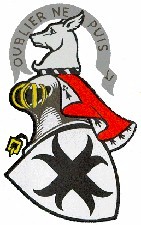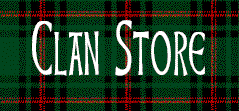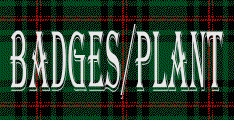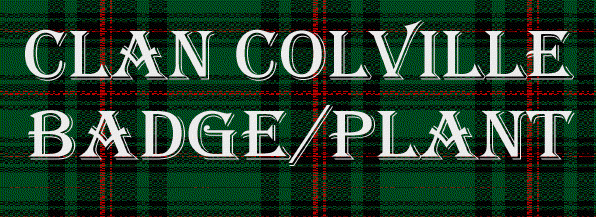 |
 |
 |
 |
 |
 |
 |
 |
 |
 |
 |
 |
 |

 |
OXALIDACEAE
Wood Sorrel
Oxalis acetosella
SCOTS NAME: Lady's Clover
LOCAL NAMES: Cuckoo's meat, cuckoo-sorrel, gowk's meat, sour clover
This very common woodland plant, always welcomed as one of the earliest to appear in the slow northern spring, was siad to have been sacred to the early Celts and Druids, symbolising a secret doctrine. Wood sorrel contains a oxalic acid, giving it a sharp, appetising falvor of rhubard, ans was also used to improve appetite and quell nasuea.
of the WOOD SORREL FAMILY
GAELIC NAMES: biadh coinen (BIRDS FOOT) samh (shelter-where is grows; summer)
Listed is the plant that is associated with Clan Colville as a Plant Badge, it is the Birds-Foot Trefoil and many common Celtic Knot designs have been derived from the plant shape. The Gaelic name for the terfoil plant is Barra-mhislean, and Peasair a' Mhadaidh-ruadh. The trefoil or Shamrock, at one time has been called the "Seamroy" coming from the Irish word "Seamrog", it symbolises the cross and blessed trinity. Before the Christian era it was a sacred plant of the Druids of Ireland becauses its leaves formed a triad. The trefoil was a scared plant among the Druids, as three being a mystical number on the Celtic religion as well as all others. The plant was reputed to have mystic powers, the leaves standing upright to warn of an approaching storm. The plant has a diuretic and cooling properties and was used for tonic and cleansing treatments, urinary disorders and fever. On Arran, Lightfoot was told that is was infused and drunk as an effective treatment for fevers. It was included in herb pultices applied to scrofula, wounds, swellings, and inflammation, and was eaten to prevent scurvy or treat mouth ulcers. The leaves and flowers are good to ease the gripping pains of the gout and rhematism, the herb being boled and used in a clyster. The herb is made into a poultice, and applied to ease imflammations. The juice dropped in the eyes is a familiar medicine with many country people. The herb is also boiled in grease and made into an ointment, and applied to venomous bites. This delicate herb is high in carotene and vitamin C. It is commonly used in salads, custard dishes and clear soups to add aroma, lemonade, lemon blam tea and also used as a garnish. The leaves make a refreshing snack to nibble on long walks. It was also used for coloring and dying used in the colors in tartans.

